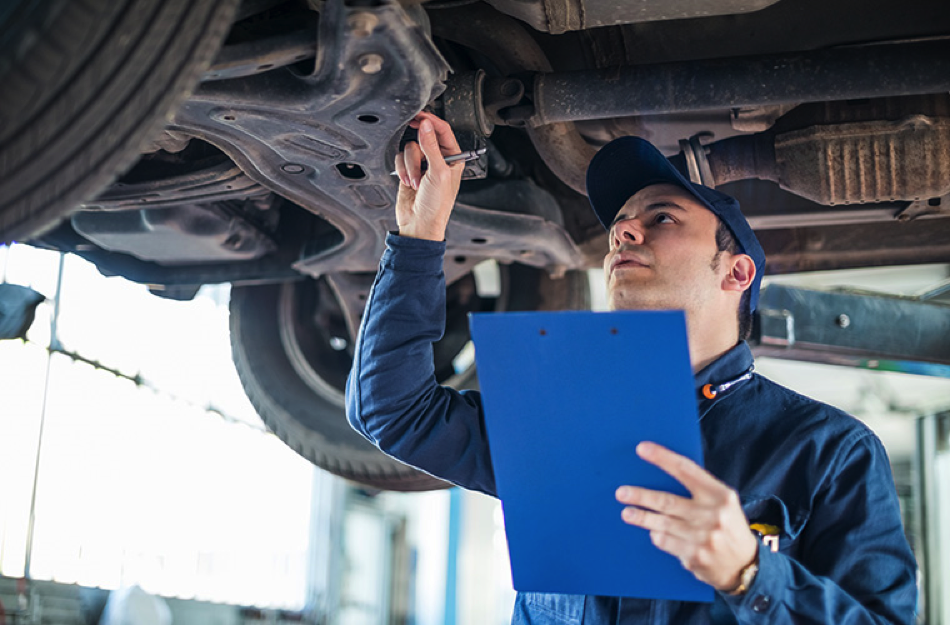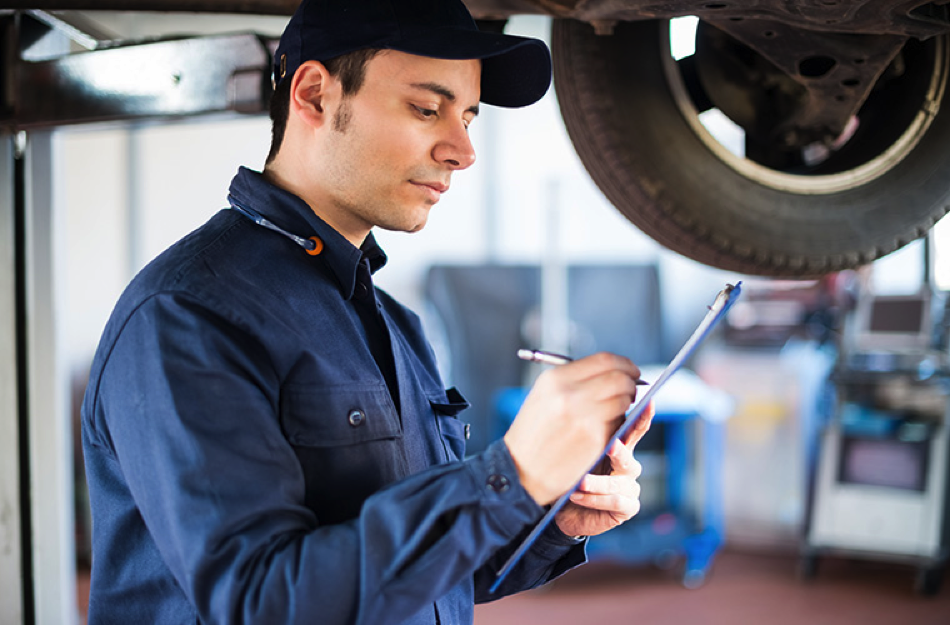MOTs have changed – what you need to know
11th January 2019
Get up to speed with changes to the MOT
Farewell 2018, hello 2019! Here’s wishing one and all a happy, healthy and prosperous new year. As always, there will be optimism in the air, accompanied by new year resolutions. Alas, the majority of best intentions will fall by the wayside, but if there’s one you should make an effort to achieve it’s ensuring your vehicle is in tip top condition – especially the tyres.
Why? Because the new year brings the introduction of new MOT regulations, potentially putting your car, SUV, 4x4 or van at risk of failing if you’re not up to speed. With this in mind, Merityre’s expert MOT team offer you this brief overview of what you need to know – with particular attention to tyres.
Changes to the MOT occurred in May 2018, and will come into force for your next test
In fairness to the government, MOT changes have been in the publich domain for quite a while now, so there’s no real excuse if you don’t know the five key changes:
Vehicle defects are now categorised differently
Any fault detected during your MOT will now be classed as either Dangerous, Major or Minor. Defects attributed with the latter category, Minor, will still pass, but those defects ajudged to be either Dangerous and Major will automatically fail – and that means your vehicle will be legally unroadworthy. Learn more with MOT manuals and special notices.
Much, much tougher emission standards for diesels
Vehicles that have a diesel particulate filter (DPF) fitted will be examined for any "visible smoke of any colour" during testing, and those discovered to be making these emissions will be classed as having a major fault – and that’s an automatic MOT fail. If the inspection discovers signs of DPF tampering, you’ll fail too.
The appearance of the MOT certificate is new
There has been a change in design of the MOT certificate. The 2019 version will list all test categories, and the grades received, as described under the new classifications. This should make things a lot easier to understand for motorists.
Some vehicles will no longer require an MOT
Vehicles manufactured before 1960 are already exempt from testing. This grace is being extended to all cars that have been registered for forty years or longer. However, there are some exceptions that relate to vehicles that have been ‘substantially changed’ within the last thirty years. Read full government guidance for clarification here.
There are some new checks being added to the MOT
As well as all existing MOT components, additional testing will take place on:
-
Brake fluid – to make sure it has not been contaminated
-
Fluid leakage that poses a risk to the environment
-
Reversing lights need to be working correctly
-
Brake pad warning lights need to work, as well as if any brake pads or discs are missing
-
Headlight washers are functioning for vehicles which first came into use from 1st September 2009 (in the case that they are fitted)
-
Functioning daytime running lights on vehicles which first came into use from 1st March 2018
-
Checking that your tyres are not obviously underinflated
This final component to the testing process is easily negated by regular tyre inspections. You might be surprised by just how many vehicles fail an MOT due to tyre-related issues – 10%. This is the fourth highest reason for MOT fails.
Don’t let defective tyres lead to an MOT fail
There are various reasons that tyres are failed during the MOT – topics that our expert tyre team have covered in recent months, and which you can catch up on here:
-
Tread depth – learn more about the UK road legal minimum, and how to monitor yours.
-
Inflation – over and underinflation can be dangerous, and effect your driving performance. Read more
Fitting new premium tyres will keep you safer, and help pass the MOT
Premium tyres – like those manufactured by Continental – not only keep you safe, they also minimise the chances of failing an MOT. As outlined above, there are a variety of ways that defective tyres can fail, but by fitting award winning Continental tyres, you can reduce the chances of this happening.
You can find out the changes – and what the testers will be looking out for – in detail at MOT on GOV.UK.

Don’t let defective tyres lead to an MOT fail!

Fitting new premium tyres will keep you safer, and help pass the MOT